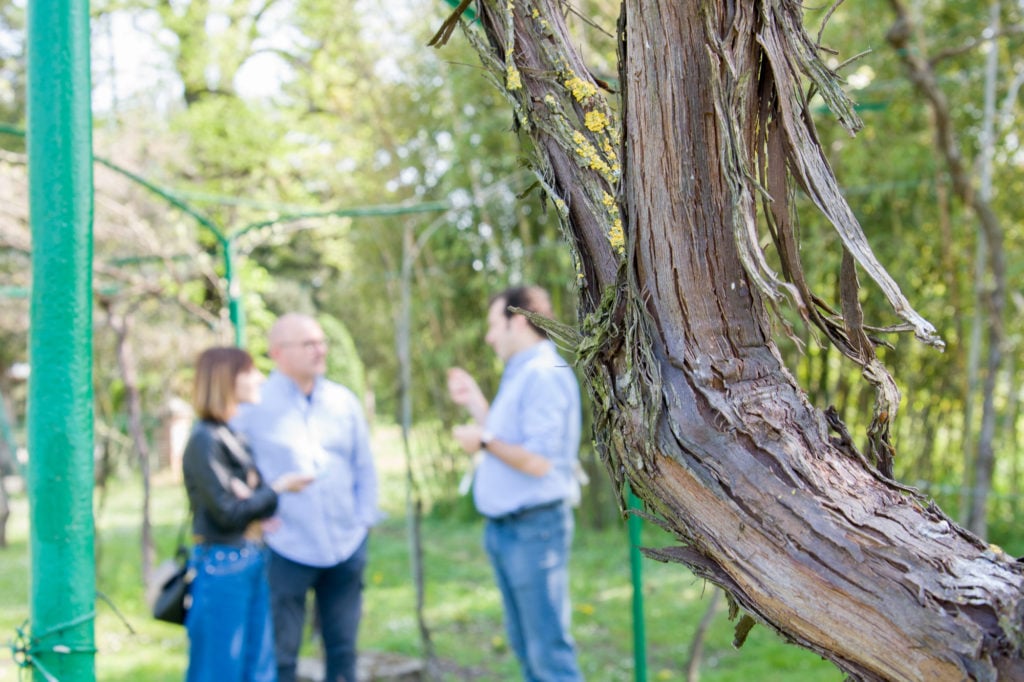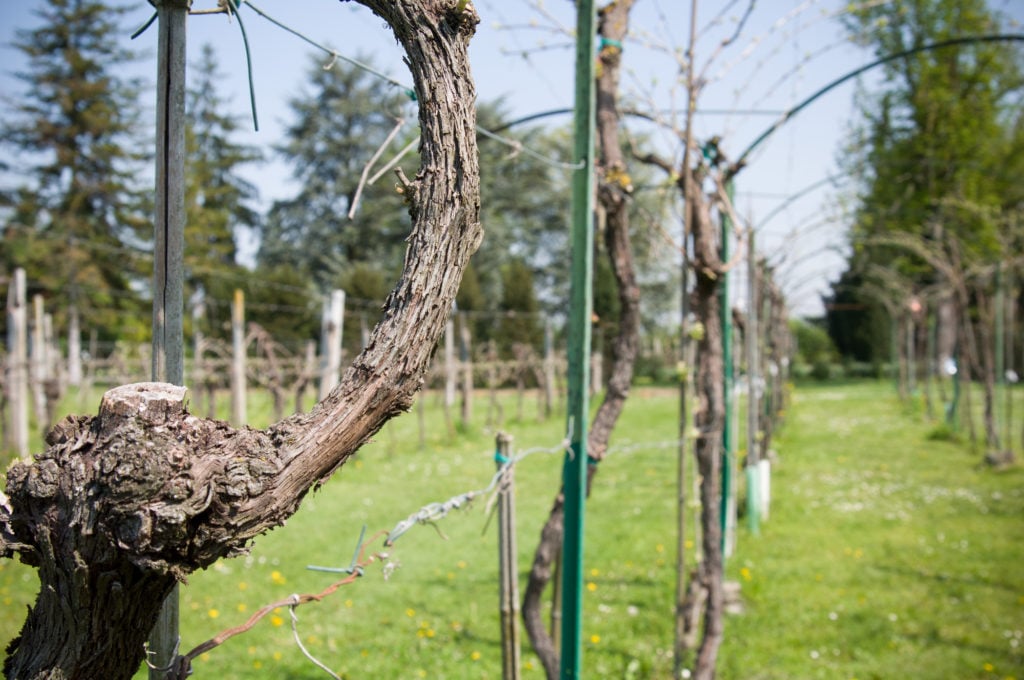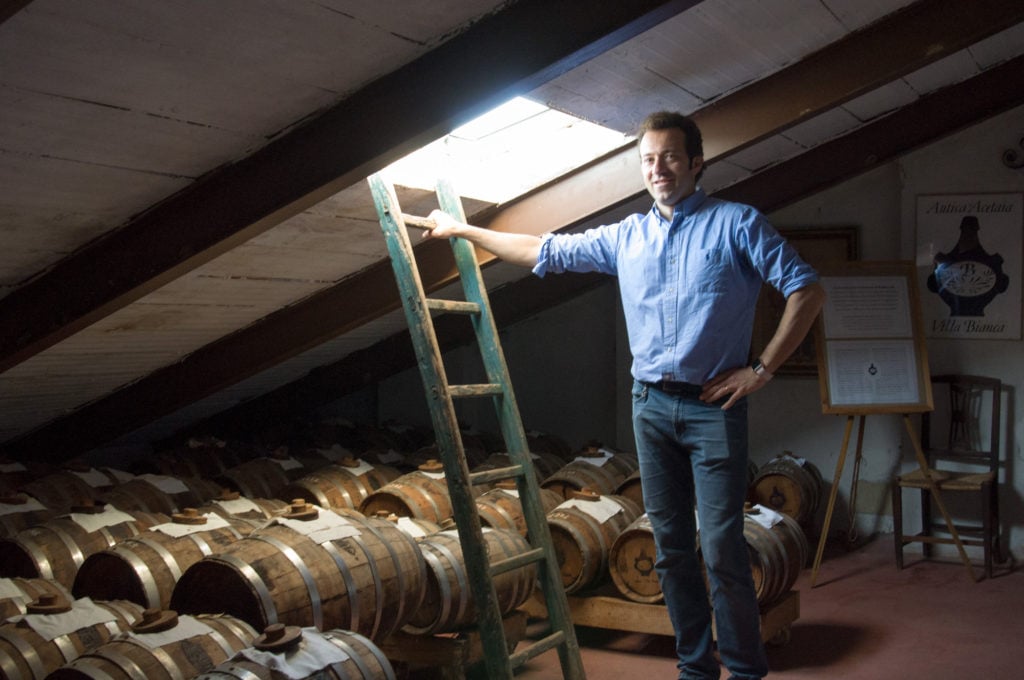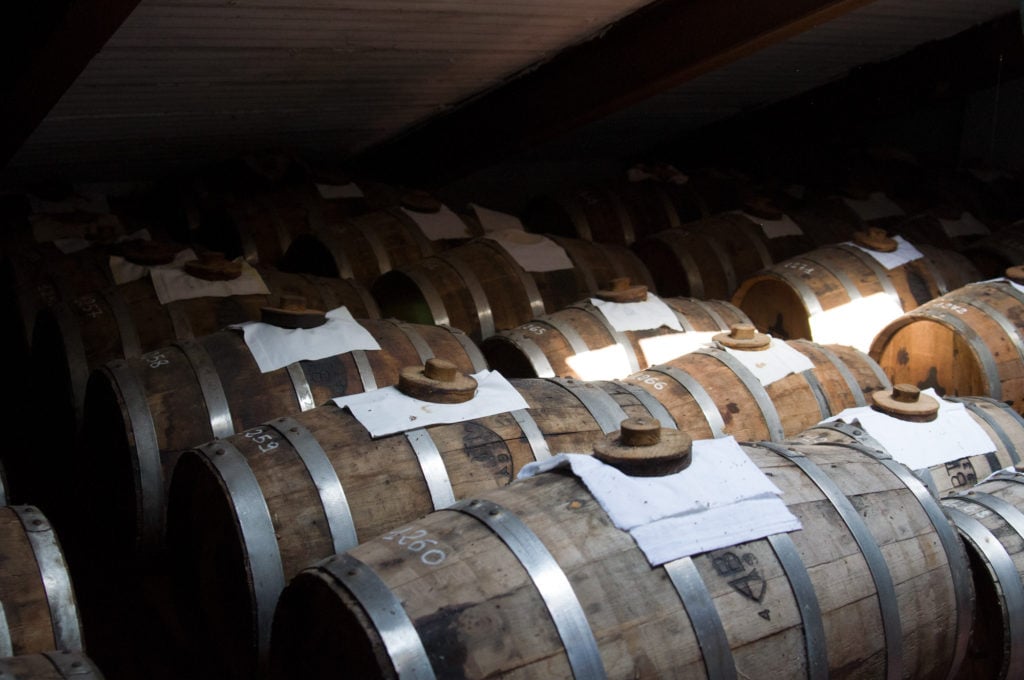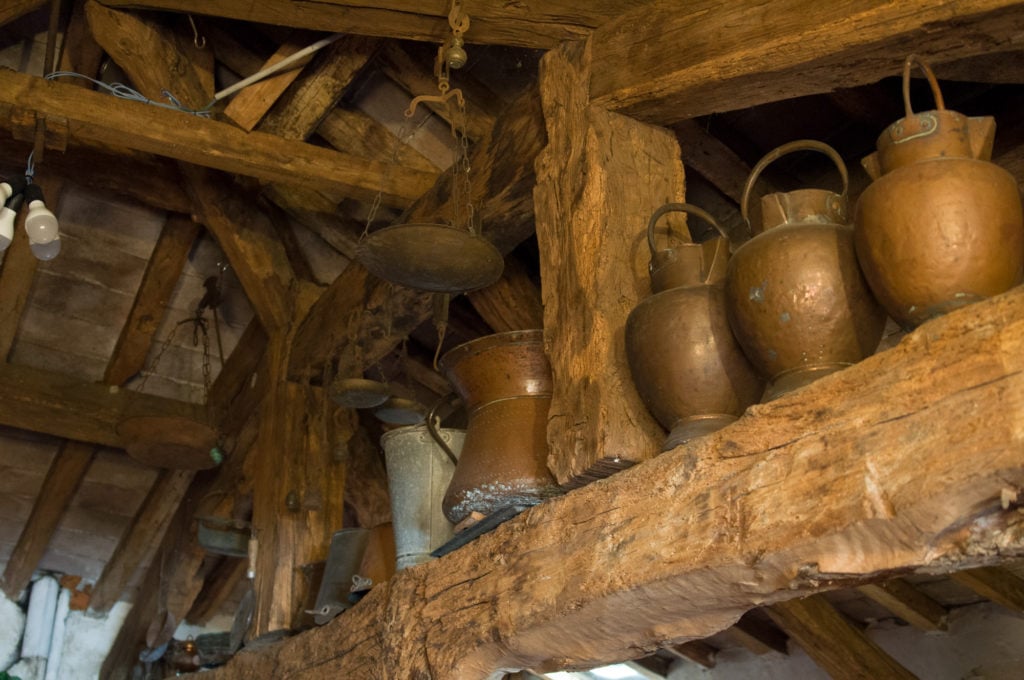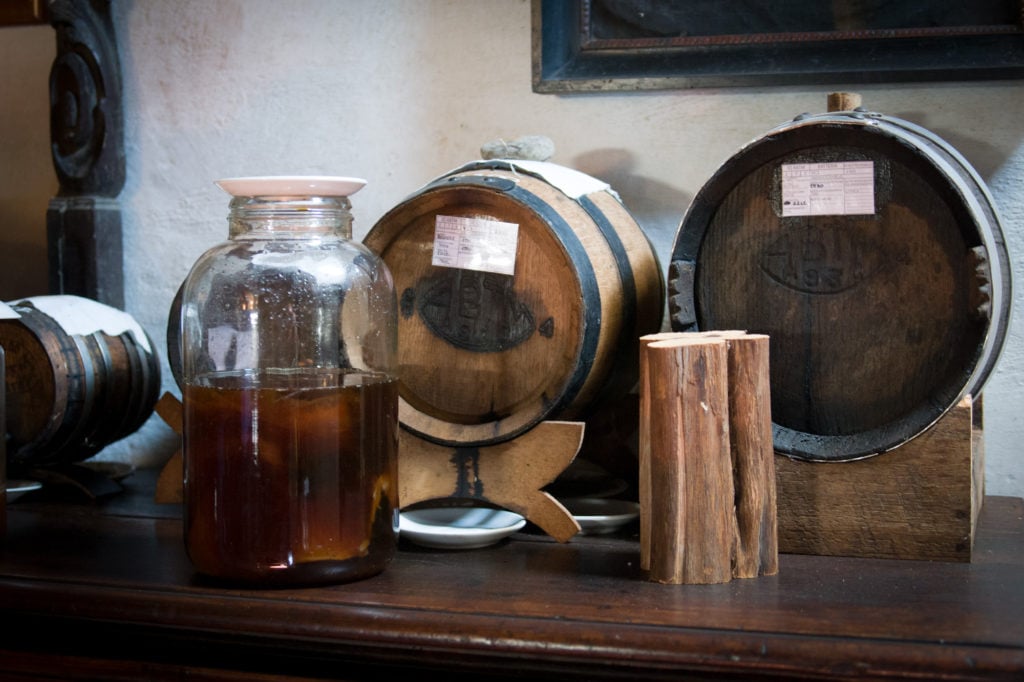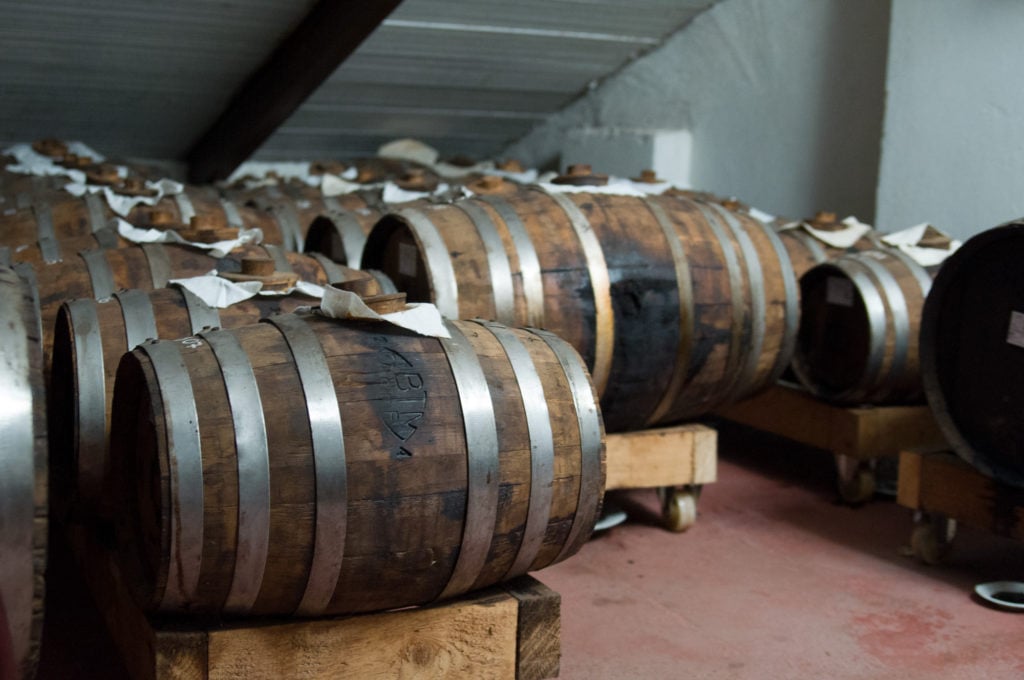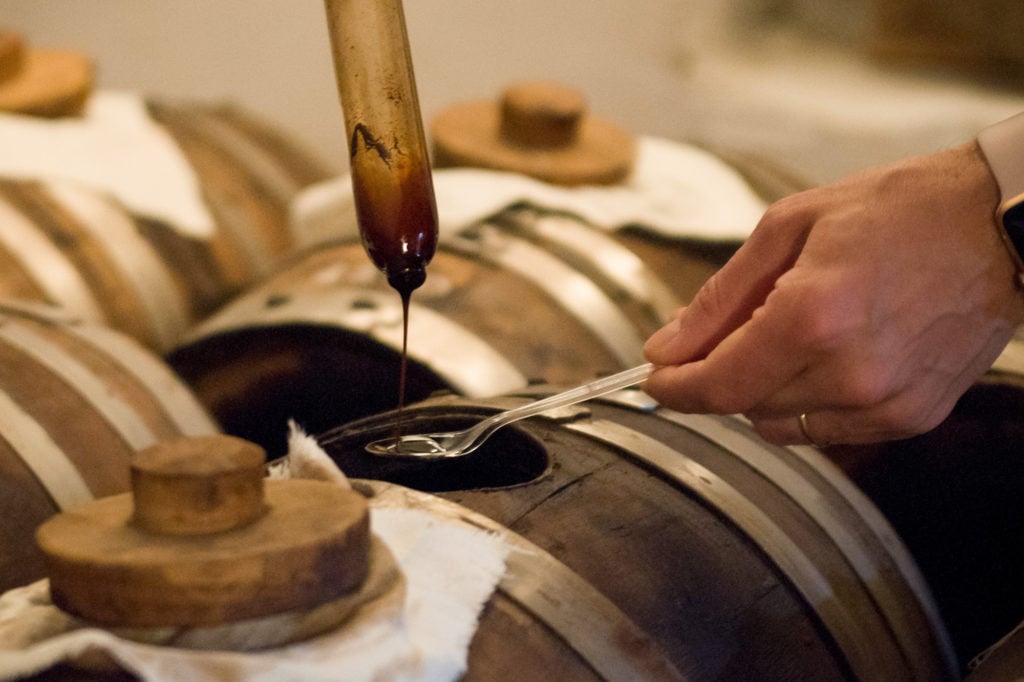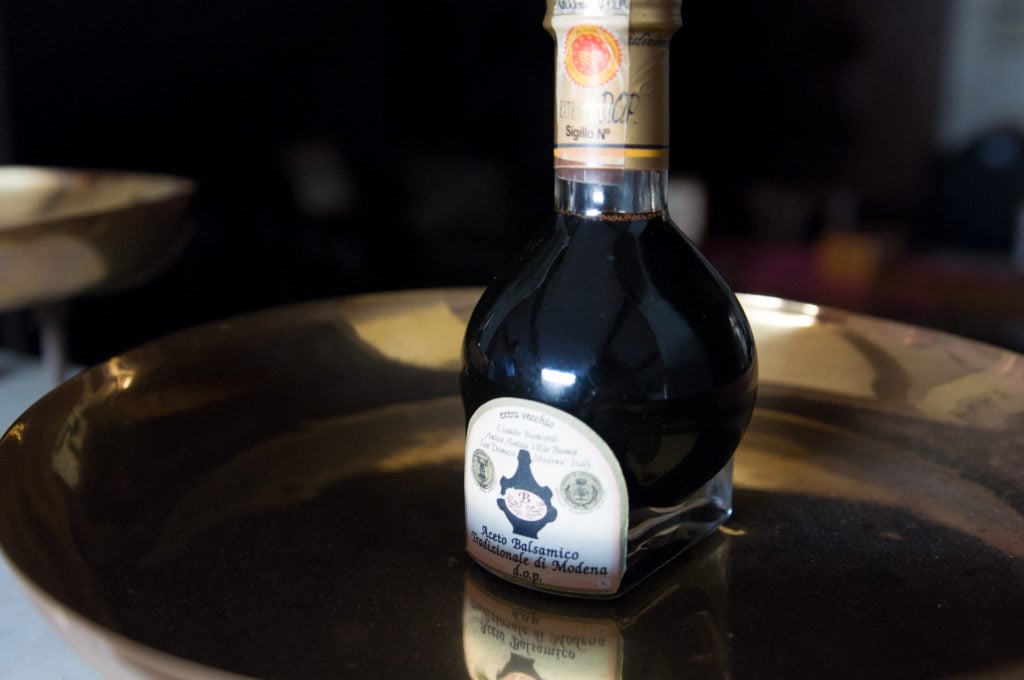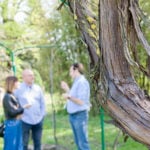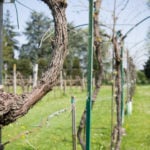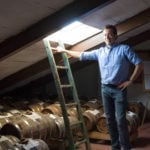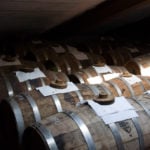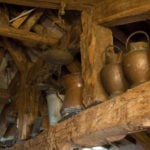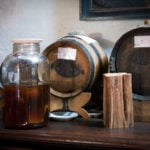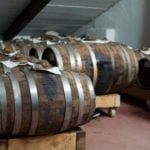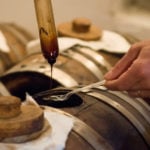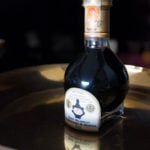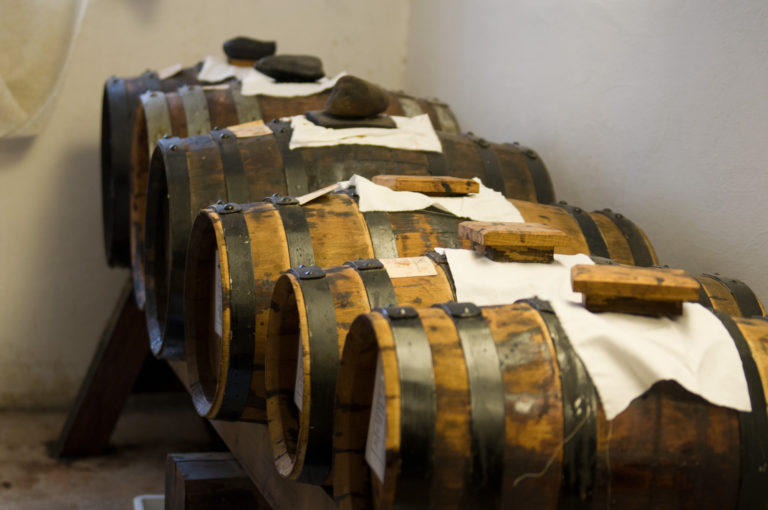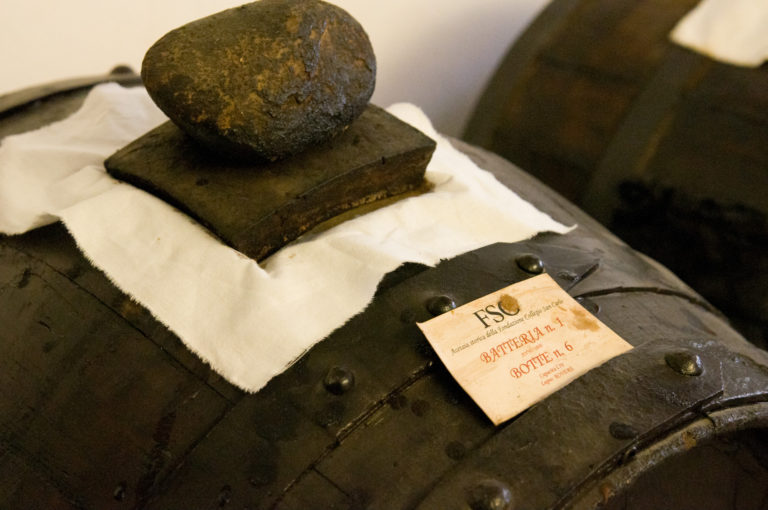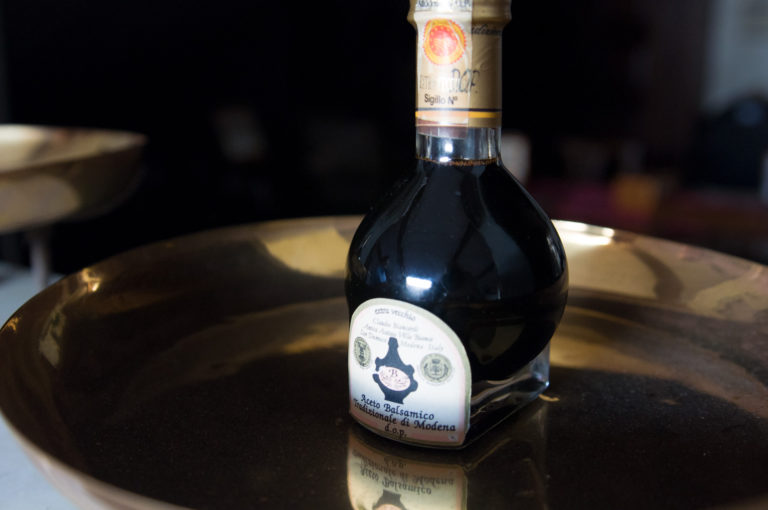The “Balsamic Tales” are a series of writings dedicated to Traditional Balsamic Vinegar of Modena, made from interviews with people who dedicated their lives to this precious dressing, for work or for passion.
We thank PierPaolo Bortolotti, an expert in Traditional Balsamic Vinegar, Emilio Biancardi of Acetaia Villa Biancaand Massimo Clò of Collegio San Carlo di Modena, for their willingness and precious information.
After telling the Origins, in this second episode we talk about the Production Process, about how the black gold of Modena borns, from cooking to bottling.
Despite the primordial origins of Balsamic Vinegar are not known (it is supposed it was born by chance from the mixture of saba and vinegar), and the cooking of must was also done in many other parts of the Roman Empire, Balsamic Vinegar is a product very linked to the Modena area for at least two factors.
The first is the climatic factor: normally the climate of Modena is hot and humid in summer and cold and humid in winter, a climate from which it seems that the acetobacters take great benefit.
The second is a psychological-cultural motivation: the Modena area has always been devoted to the processing of pork, which traditionally “can not be thrown away”; this anti-waste cultural spirit has probably make sure that this type of production has resisted and refined itself over the course of time in the countryside of Modena.
Let’s see how the Traditional Balsamic Vinegar of Modena is still made.
The first phase is the cooking of the must. Unlike wine vinegar, which derives from the acetic fermentation of an alcoholic product, ABTM is a first processing product.
During the cooking the must all the bacteria and enzymes that could lead to a alcoholic transformation are killed, creating a product that from the organic point of view is almost sterile, but at the same time during this phase many other important effects take place: a strong reduction in volume, a large increase in sugars and a change in color, due to the caramelization of sugars. Perhaps not everyone knows that, in fact, the grapes used to produce the ABTM are actually white grapes for the most, such as Trebbiano di Spagna and Trebbiano Modenese (even if also red grapes, such as Ancellotta and Lambrusco, can be used).
The must is cooked from a minimum of 12 to a maximum of 72 hours, but usually for about 48 hours.
When the cooked must is ready, it is placed in a barrel where an acetic fermentation is already under way.
The method to prepare a barrel is to blanch the must for a short time, and then left the demijohn in the sun: in this way an acetic fermentation is established in a natural way, without the need to add anything. This product forms the acetic base of the barrel, in which cooked must is added.
At this point the aging process starts. To better understand the operation we make the assumption of having 3 barrels.
In the year zero we put a certain quantity of cooked must in the barrel number 1. We wait a year and we will obviously have a vinegar aged 1 year. From this barrel we remove no more than the 10-20% of the product remaining from natural evaporation, and we put it in the barrel number 2; once this step has been completed, we fill the barrel number 1 to bring the contents to the right level.
We wait another year and in the barrel number 2 we will have a product of 2 years, while in the barrel number 1 a product of 1 and 2 years; from the barrel number 2 we always take a small part and put it in the barrel number 3, so we’re going to fill the barrel number 2 with a part of the barrel number 1 and to fill the barrel number 1 with new cooked must.
Waiting for another year, in the barrel number 3 we will have a product of 3 years, in the barrel number 2 we will have a product of 3 and 2 years, in the barrel number 1 we will have a product of 3, 2 and 1 year.
This is the counting mechanism of the years of the Traditional Balsamic Vinegar.
Acetaia Villa Bianca, Modena Ph Fabio Duma
Acetaia Villa Bianca, Modena Ph Fabio Duma
Acetaia Villa Bianca, Modena Ph Fabio Duma
Acetaia Villa Bianca, Modena Ph Fabio Duma
Acetaia Villa Bianca, Modena Ph Fabio Duma
Acetaia Villa Bianca, Modena Ph Fabio Duma
Acetaia Villa Bianca, Modena Ph Fabio Duma
Acetaia Villa Bianca, Modena Ph Fabio Duma
Acetaia Villa Bianca, Modena Ph Fabio Duma
So when we refer to the product contained in a barrel, the term “minimum” always refers to the younger product inserted, which is a small part of the one present in it: if we have a vinegar of minimum 7 years it means that a small part of the product is 7 years old, while the majority of the product is made of older vinegar; if we were to talk about the average age, we would go much further, based on the time when the barrel was started up for production.
The product that is bottled obviously is taken from the last barrel of the batch, and, most important thing, in all the barrels of the batch the steps must always be done in this sense: first remove and then put, because otherwise the aged product would be diluted.
The rule, today codified on the basis of the empirical experience of ancient producers, asserts that you must never remove or put more than 10-20% of the product in a barrel; the majority of the product must remain in the barrel because, especially in the first barrels of the batch, there is an active bacterial colony and it is necessary to ensure that the new cooked must, which is a sterile product, does not decrease the number of acetobacters present, but instead serves as nourishment.
Also the process of always adding young product is essential to maintain the acidity, because if vinegar is left to age as it is, we assist at the recrystallization of sugars: the acidic part goes away and just the sweet part remains, creating a product that has little to do with the true Traditional Balsamic Vinegar.
This is all for this time; in the next episodes we’ll talk about the specificity of the batches, organoleptic characteristics of Traditional Balsamic Vinegar, bottling and methods of protection.
Author

Elisa Mazzini
Social Media Manager for @inEmiliaRomagna and full-time mom.
You may also like
The Balsamic Tales: protection and recognition of the product
by Elisa Mazzini /// October 10, 2018

Interested in our newsletter?
Every first of the month, an email (in Italian) with selected contents and upcoming events.
